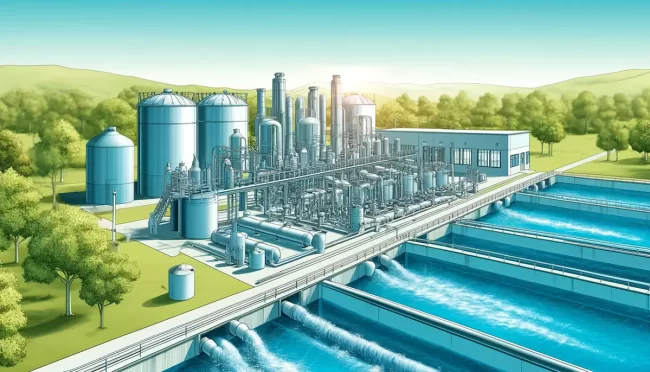Tackling Water Contamination Amidst Rising Floods in South Asia
The promise of Chlorine Dioxide technology. In recent years, South Asia has witnessed a significant uptick in flooding, which has severely affected essential services, particularly the provision of clean drinking water. Countries like India and Pakistan have been grappling with the dual challenge of managing these natural disasters and ensuring a safe water supply for…








